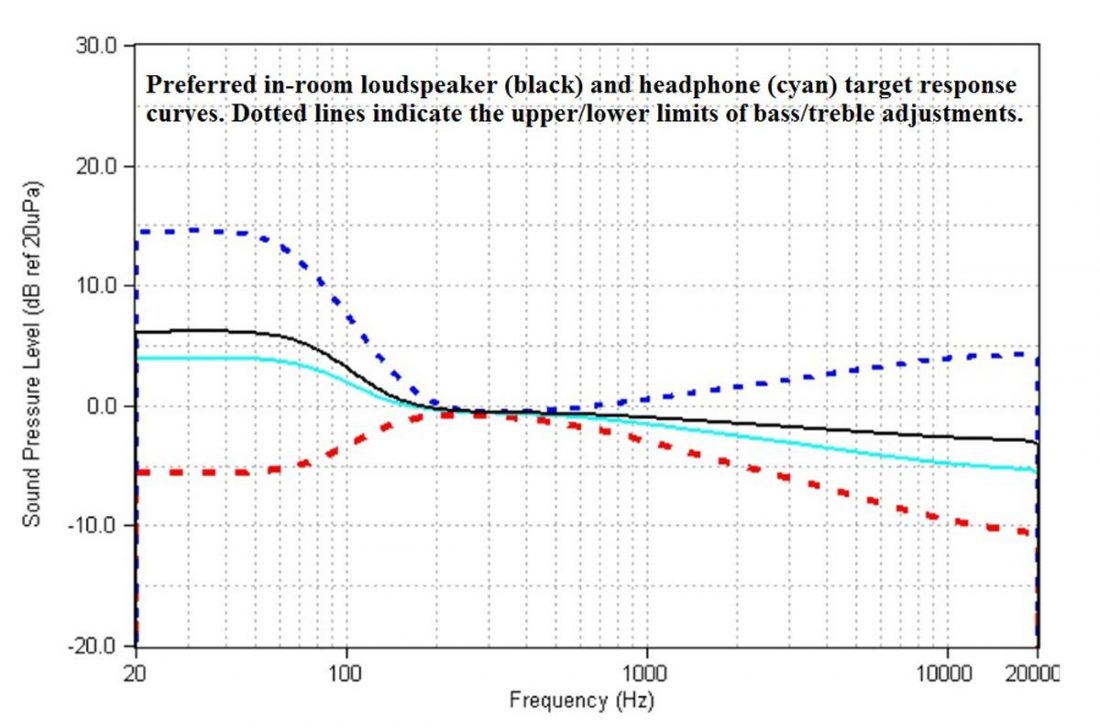Pdxwayne
Major Contributor
- Joined
- Sep 15, 2020
- Messages
- 3,219
- Likes
- 1,172
I have been listening to music mostly with recommended headphones (ak371 and he400se) for the last couple months.
This is one song that I like because it is kind of funny:
With k371, the cymbals are noticeable and sounded sharp. With he400se, the cymbals sounded even sharper, with bites!
So, yesterday I decided to listen to same song with my AV setup in living room. First impression was: where are those cymbal's sharpness??
So, I checked again today using stereo
mode (2.2), with Audyssey xt32 room eq on and no other enhancements. I still missing that sharp cymbals.
I then checked my other AV setup in my family room, using stereo mode (2.1), with Pioneers MCACC Pro room eq on, cymbals still missing that sharpness and bites....
Assuming that Audyssey xt32 and MCACC pro both are somewhat following the Harman curve for speakers, I am now confused about which curve is "right"...
How can two distinctly different curves being "preference" curve? I don't get it....
Since I am used to the headphones sound, suddenly hearing my speakers setup made me think that my speaker systems sounded dull. Naturally, I kind of prefer the headphones sound.
On the other hand, if I have been listening mostly to my speakers setup for the last few months, listening to headphones now would make me think headphones sound way too bright/sharp!
This got me thinking:
What if those teenagers and younger generations who use headphones (that mostly comform to headphones preference curve) exclusively for music are invited to Harman blind speaker preference listening test today?
If they are given a choice of two speakers, one conforms to the normal Harman speakers curve, and the other conforms to the headphones preference curve, which speaker will they prefer today?
Logically, I will say majority of them will select the one that conforms to headphones curve.
On the other hand, if we invite older generations, who listen to music exclusively with speakers (that mostly conform to Harman speakers curve) for a blind headphones preference test today, will most of them prefer a headphones that conform to Harman speaker curve over the one that conforms to headphones curve?
So, yeah, I still don't get these preference curve...
This is one song that I like because it is kind of funny:
With k371, the cymbals are noticeable and sounded sharp. With he400se, the cymbals sounded even sharper, with bites!
So, yesterday I decided to listen to same song with my AV setup in living room. First impression was: where are those cymbal's sharpness??
So, I checked again today using stereo
mode (2.2), with Audyssey xt32 room eq on and no other enhancements. I still missing that sharp cymbals.
I then checked my other AV setup in my family room, using stereo mode (2.1), with Pioneers MCACC Pro room eq on, cymbals still missing that sharpness and bites....
Assuming that Audyssey xt32 and MCACC pro both are somewhat following the Harman curve for speakers, I am now confused about which curve is "right"...
How can two distinctly different curves being "preference" curve? I don't get it....
Since I am used to the headphones sound, suddenly hearing my speakers setup made me think that my speaker systems sounded dull. Naturally, I kind of prefer the headphones sound.
On the other hand, if I have been listening mostly to my speakers setup for the last few months, listening to headphones now would make me think headphones sound way too bright/sharp!
This got me thinking:
What if those teenagers and younger generations who use headphones (that mostly comform to headphones preference curve) exclusively for music are invited to Harman blind speaker preference listening test today?
If they are given a choice of two speakers, one conforms to the normal Harman speakers curve, and the other conforms to the headphones preference curve, which speaker will they prefer today?
Logically, I will say majority of them will select the one that conforms to headphones curve.
On the other hand, if we invite older generations, who listen to music exclusively with speakers (that mostly conform to Harman speakers curve) for a blind headphones preference test today, will most of them prefer a headphones that conform to Harman speaker curve over the one that conforms to headphones curve?
So, yeah, I still don't get these preference curve...
Last edited:


